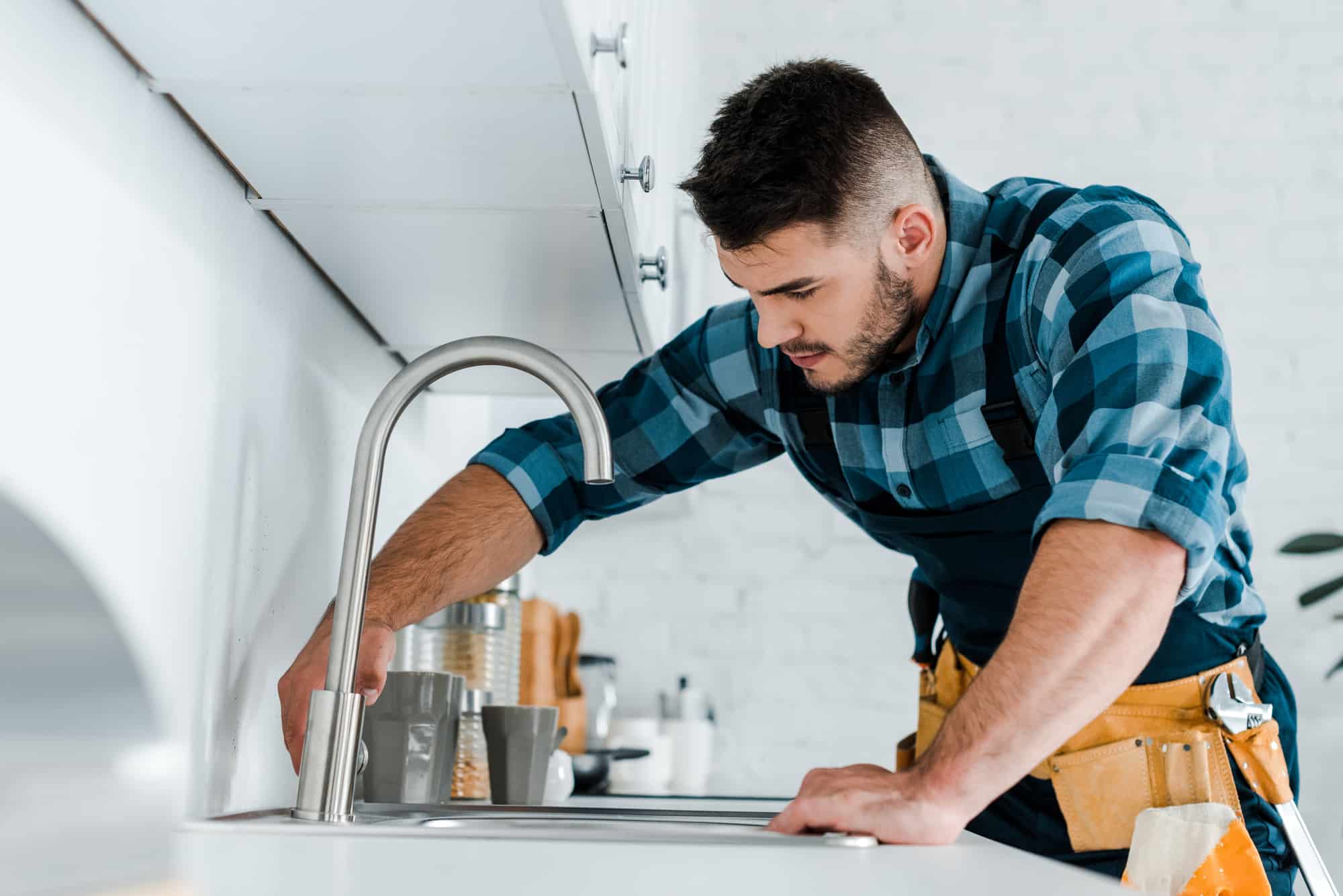

Articles
Why Is My Touch Faucet Not Working
Modified: October 20, 2024
Having issues with your touch faucet? Learn why it may not be working and find helpful articles to troubleshoot the problem.
(Many of the links in this article redirect to a specific reviewed product. Your purchase of these products through affiliate links helps to generate commission for Storables.com, at no extra cost. Learn more)
Introduction
Touch faucets have become increasingly popular in modern kitchens and bathrooms. With just a simple touch, you can control the flow of water, making it a convenient and hygienic option. However, like any other technology, touch faucets can sometimes encounter issues that can leave you wondering why your faucet is not working as expected.
In this article, we will explore common problems that occur with touch faucets and discuss possible reasons behind these issues. We will also provide some troubleshooting tips to help you get your touch faucet back in working order. So, let’s dive in!
Key Takeaways:
- Troubleshooting touch faucet issues involves checking power sources, cleaning sensors, and consulting the user manual. Contact a professional if problems persist for expert assistance and long-term solutions.
- Common touch faucet problems include intermittent responses, water flow issues, and LED malfunctions. Understanding possible causes and seeking professional help can ensure optimal functionality and convenience.
Read more: Why Is My Humidifier Not Working
Common Problems with Touch Faucets
Touch faucets may experience a range of issues that can affect their functionality. Some of the most common problems include:
- Intermittent or no response to touch: One of the frustrating issues you may encounter with a touch faucet is when it doesn’t respond consistently or doesn’t respond at all to your touch. You may find yourself tapping the faucet multiple times before it activates, or it may not activate at all in some instances.
- Water flow issues: Another common problem is when the water flow doesn’t match your touch input. This can result in either a weak flow or an excessive flow of water. It can be particularly inconvenient when you need a specific amount of water and the faucet fails to meet your expectations.
- Spontaneous activation: Some touch faucets may exhibit spontaneous activation, where the water turns on unexpectedly without any touch input. This can be a nuisance and lead to wasted water if it occurs frequently.
- LED indicator malfunctions: Many touch faucets come equipped with LED indicators to signal touch activation. However, these indicators can sometimes malfunction, either by not lighting up at all or by displaying incorrect signals, making it difficult to determine the faucet’s status.
- Sensor detection issues: Touch faucets operate on sensors that detect touch inputs. If these sensors become dirty or damaged, they may not detect touches accurately, resulting in inconsistent or non-responsive behavior.
Understanding these common problems can help you identify the issue with your touch faucet and take appropriate steps to resolve it. In the following sections, we will explore some possible reasons behind these problems.
Possible Reasons Why Your Touch Faucet is Not Working
There can be several reasons why your touch faucet is not functioning as expected. Let’s explore some of the possible causes:
- Power supply issues: Touch faucets require a power source to operate. If your faucet is not working, the first thing to check is the power supply. Make sure the faucet is connected to a reliable power source, such as a functioning outlet or battery pack.
- Weak battery or low power: If your touch faucet is battery-powered, a weak or drained battery can cause it to malfunction. Check the battery level and replace it if necessary. It’s also worth noting that some touch faucets have an auto-shutoff feature to preserve battery life, so make sure this feature is not activated.
- Dirty or damaged sensors: Sensors play a crucial role in touch faucet operation, and if they become dirty or damaged, they may not function properly. Clean the sensors gently with a soft cloth and check for any signs of damage. If the sensors are severely damaged, they may need to be repaired or replaced.
- Interference from other electronic devices: Electronic devices near your touch faucet can potentially interfere with its operation. This could include appliances, wireless routers, or even nearby power sources. Try moving any electronic devices away from the faucet to see if the interference resolves the issue.
- Defective touch control module: In some cases, the touch control module within the faucet may be defective. This can be due to manufacturing defects or wear and tear over time. If you have ruled out other possible causes, it may be necessary to replace this module to restore proper functionality.
- Water pressure or plumbing issues: It’s worth mentioning that sometimes the problem may not lie with the touch faucet itself, but rather with the water pressure or plumbing system. Low water pressure or a blockage in the pipes can affect the faucet’s performance. If you suspect this may be the case, it may be advisable to consult a professional plumber to evaluate and address the issue.
Keep in mind that these are just some of the possible reasons behind touch faucet issues. The actual cause may vary depending on the specific make and model of your faucet. If you are unsure or unable to identify the problem, it may be best to contact a professional for further assistance.
Check the power source and batteries of the touch faucet. Ensure they are properly connected and functioning. If the power source is fine, try resetting the faucet by turning off the power and then turning it back on. If the issue persists, contact the manufacturer for further assistance.
Troubleshooting Tips for Touch Faucet Issues
If you’re experiencing problems with your touch faucet, here are some troubleshooting tips to try before seeking professional help:
- Check the power source: Ensure that your touch faucet is properly connected to a reliable power source. If it’s battery-powered, check the battery level and replace it if necessary. Also, confirm that the power supply is stable and not affected by any electrical issues.
- Clean the sensors: Dirty sensors can impede the touch faucet’s responsiveness. Carefully clean the sensors with a soft cloth and mild soapy water, removing any dirt or debris that may have accumulated. Be gentle to avoid damaging the sensors.
- Reset the touch faucet: Sometimes, a simple reset can resolve touch faucet issues. Refer to the manufacturer’s instructions to perform a reset, typically by turning off the power supply for a few moments and then turning it back on. This can help recalibrate the faucet’s sensors.
- Check for water flow restrictions: Make sure there are no kinks or blockages in the water supply lines leading to the touch faucet. Inspect the aerator and clean it if necessary. Restricted water flow can affect the faucet’s performance.
- Ensure proper grounding: Proper grounding is essential for touch faucet operation. Check that the faucet is securely grounded to prevent any electrical issues. A faulty ground connection can cause erratic behavior in the faucet.
- Update firmware (if applicable): Some touch faucets come with firmware that can be updated to resolve issues. Check the manufacturer’s website for any available firmware updates and follow the instructions to update your touch faucet if applicable.
- Consult the user manual: The user manual provided by the manufacturer can be a valuable resource. Refer to it for troubleshooting tips specific to your touch faucet model. It may also provide additional guidance on maintenance and care.
Remember to exercise caution when troubleshooting your touch faucet. If you are unsure about any steps or if the issue persists after attempting these troubleshooting tips, it’s recommended to reach out to a professional plumber or the touch faucet’s manufacturer for further assistance.
Contacting a Professional for Touch Faucet Repairs
If you’ve gone through the troubleshooting steps and are still experiencing issues with your touch faucet, it may be time to seek professional help. Here’s why contacting a professional for touch faucet repairs is a wise choice:
- Expertise and experience: Professional plumbers have the knowledge and experience to diagnose and repair touch faucet issues effectively. They are familiar with various touch faucet models and can identify the specific problem with your faucet.
- Proper diagnosis: Sometimes, touch faucet issues can be more complex and require specialized tools and expertise to diagnose accurately. A professional plumber can perform a thorough assessment and pinpoint the root cause of the problem.
- Access to parts and components: If your touch faucet requires replacement parts, a professional plumber will have access to genuine parts and components that are compatible with your specific faucet model. This ensures proper fit and functionality.
- Efficiency and time-saving: Professional touch faucet repairs can save you time and effort compared to attempting DIY repairs. Plumbers have the necessary tools and expertise to efficiently fix the issue, reducing the risk of potential damage or further complications.
- Warranty coverage: If your touch faucet is still under warranty, attempting DIY repairs may void the warranty. By contacting a professional, you can ensure that any repairs are performed in compliance with the warranty terms, preserving your coverage if applicable.
- Long-term solutions: Professional touch faucet repairs aim to provide long-term solutions. A qualified plumber can not only fix the immediate problem but also identify any underlying issues that may impact your touch faucet’s performance in the future. This helps prevent recurring problems.
When contacting a professional for touch faucet repairs, be sure to choose a reputable and licensed plumber who specializes in faucet repairs. You can ask for recommendations from friends or family, read online reviews, or contact your faucet manufacturer for recommended service providers.
By relying on a professional, you can have peace of mind knowing that your touch faucet will be handled with care and restored to its optimal functionality.
Read more: Why Is My Dishwasher Not Working
Conclusion
Touch faucets offer convenience and modern functionality in our kitchens and bathrooms. However, like any technology, they can sometimes encounter issues that can leave us frustrated and wondering why they are not working as expected.
In this article, we explored common problems with touch faucets, such as intermittent responses, water flow issues, spontaneous activation, LED indicator malfunctions, and sensor detection issues. We discussed several possible reasons behind these problems, including power supply issues, sensor dirtiness or damage, interference from electronic devices, and faulty touch control modules.
To troubleshoot touch faucet issues, we suggested checking the power source, cleaning the sensors, resetting the faucet, inspecting water flow restrictions, ensuring proper grounding, updating firmware (if applicable), and consulting the user manual. However, if the issues persist or if you’re unsure about the troubleshooting steps, it’s recommended to contact a professional plumber or the touch faucet’s manufacturer for further assistance.
Contacting a professional for touch faucet repairs provides several advantages, including their expertise and experience, proper diagnosis of complex issues, access to genuine parts, efficiency and time-saving, warranty coverage compliance, and long-term solutions.
Remember, touch faucet issues can vary depending on the specific make and model of your faucet, so it’s essential to refer to the manufacturer’s instructions and guidelines for your specific product. Regular maintenance and care can also help prevent future problems.
By understanding the common problems, troubleshooting methods, and when to seek professional assistance, you can ensure that your touch faucet operates smoothly and continues to provide the convenience and functionality you desire.
So, if you’re experiencing issues with your touch faucet, don’t fret. Follow the troubleshooting tips or reach out to a professional for expert help. Soon enough, you’ll have your touch faucet working flawlessly once again.
Frequently Asked Questions about Why Is My Touch Faucet Not Working
Was this page helpful?
At Storables.com, we guarantee accurate and reliable information. Our content, validated by Expert Board Contributors, is crafted following stringent Editorial Policies. We're committed to providing you with well-researched, expert-backed insights for all your informational needs.
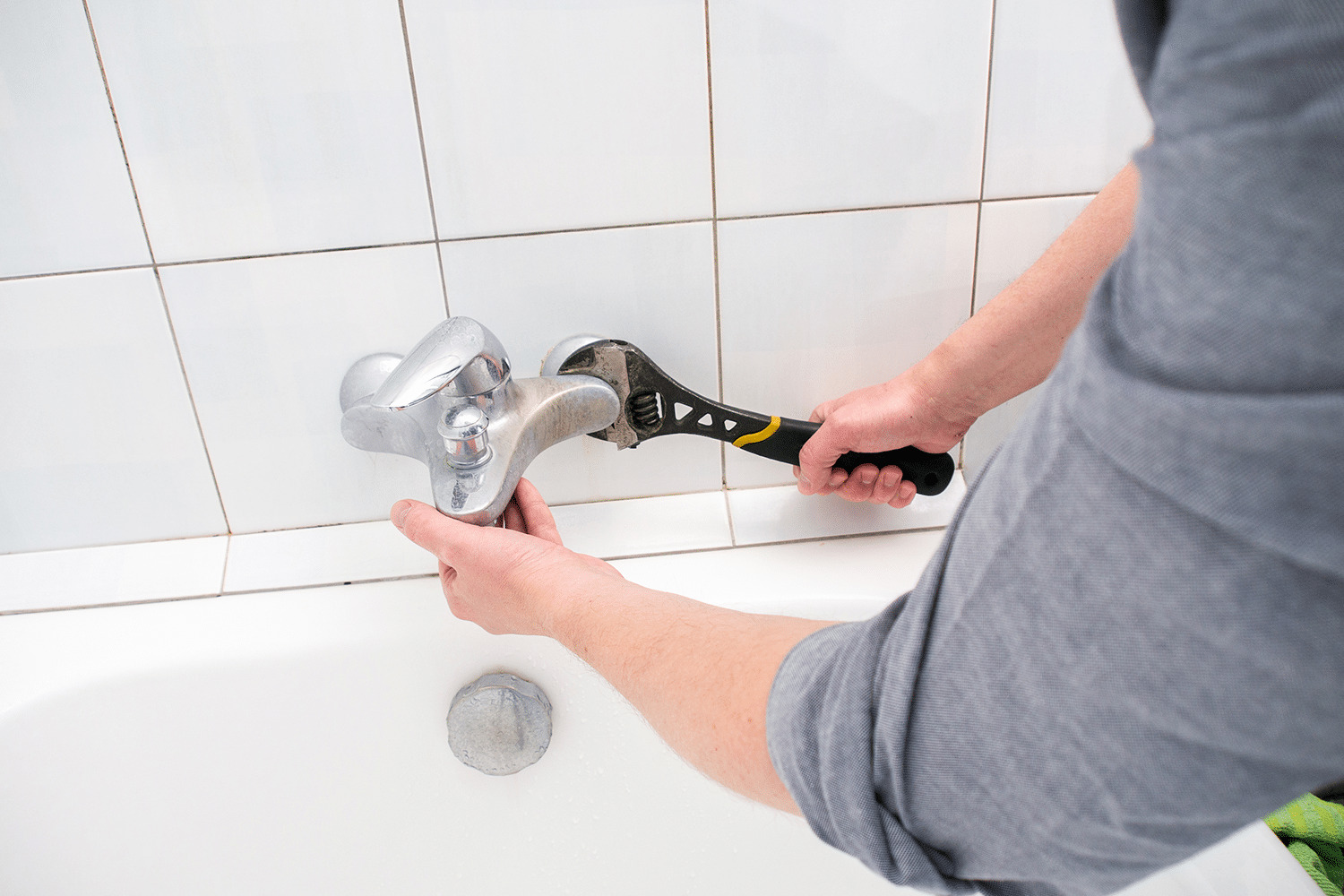
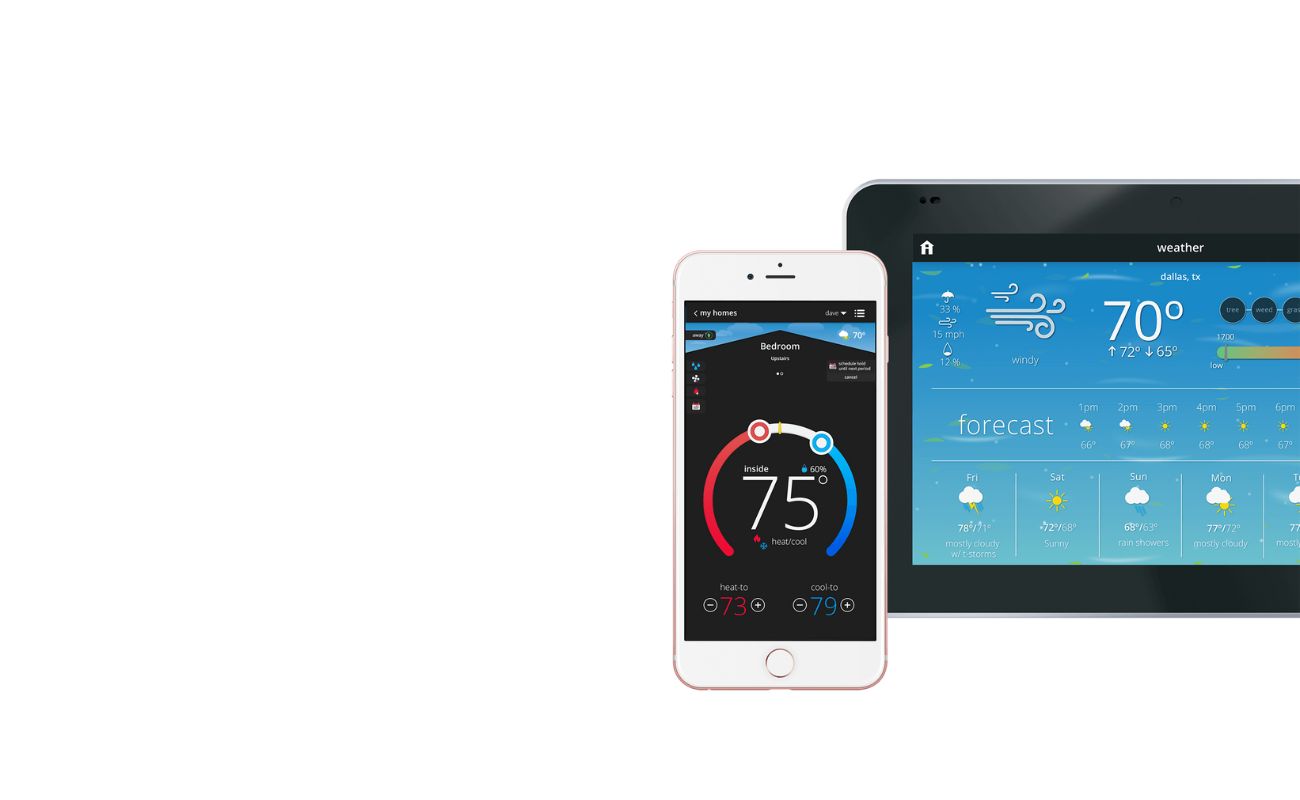
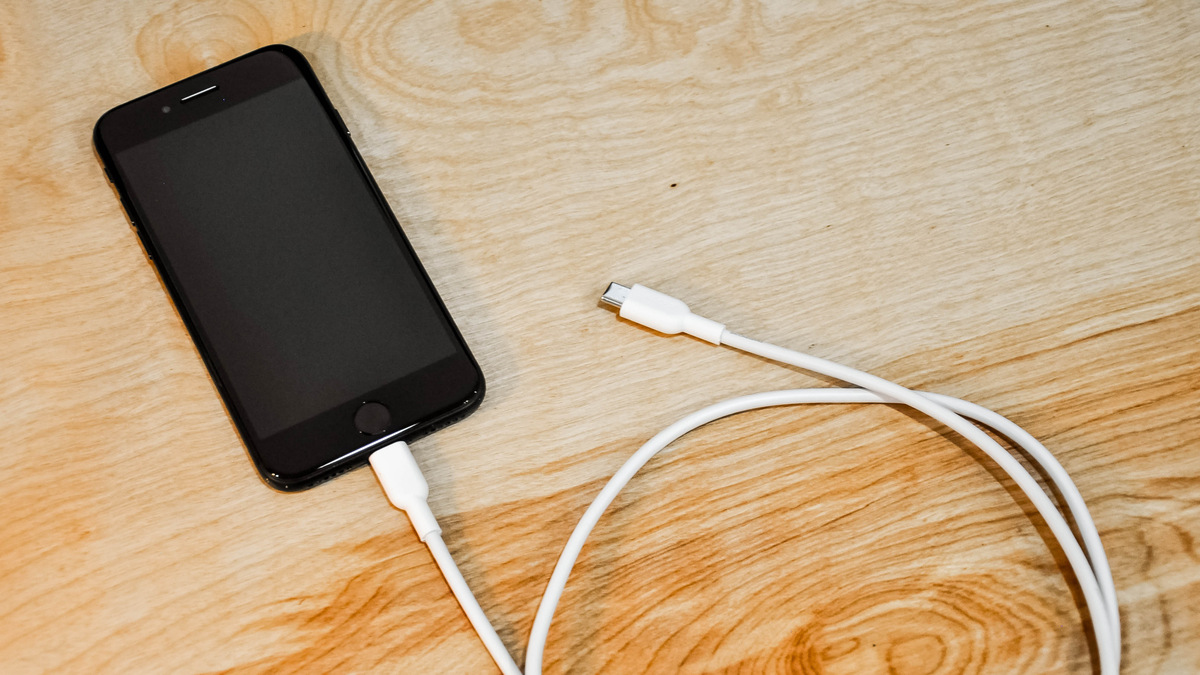
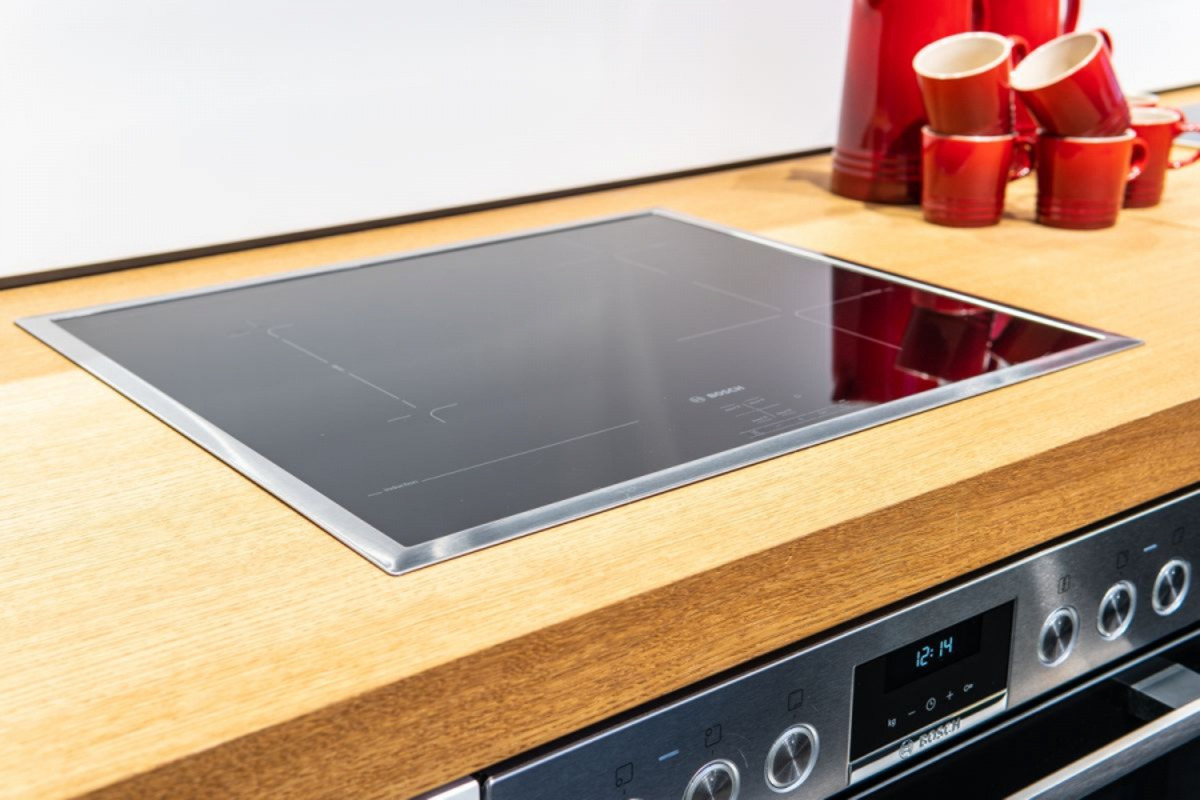

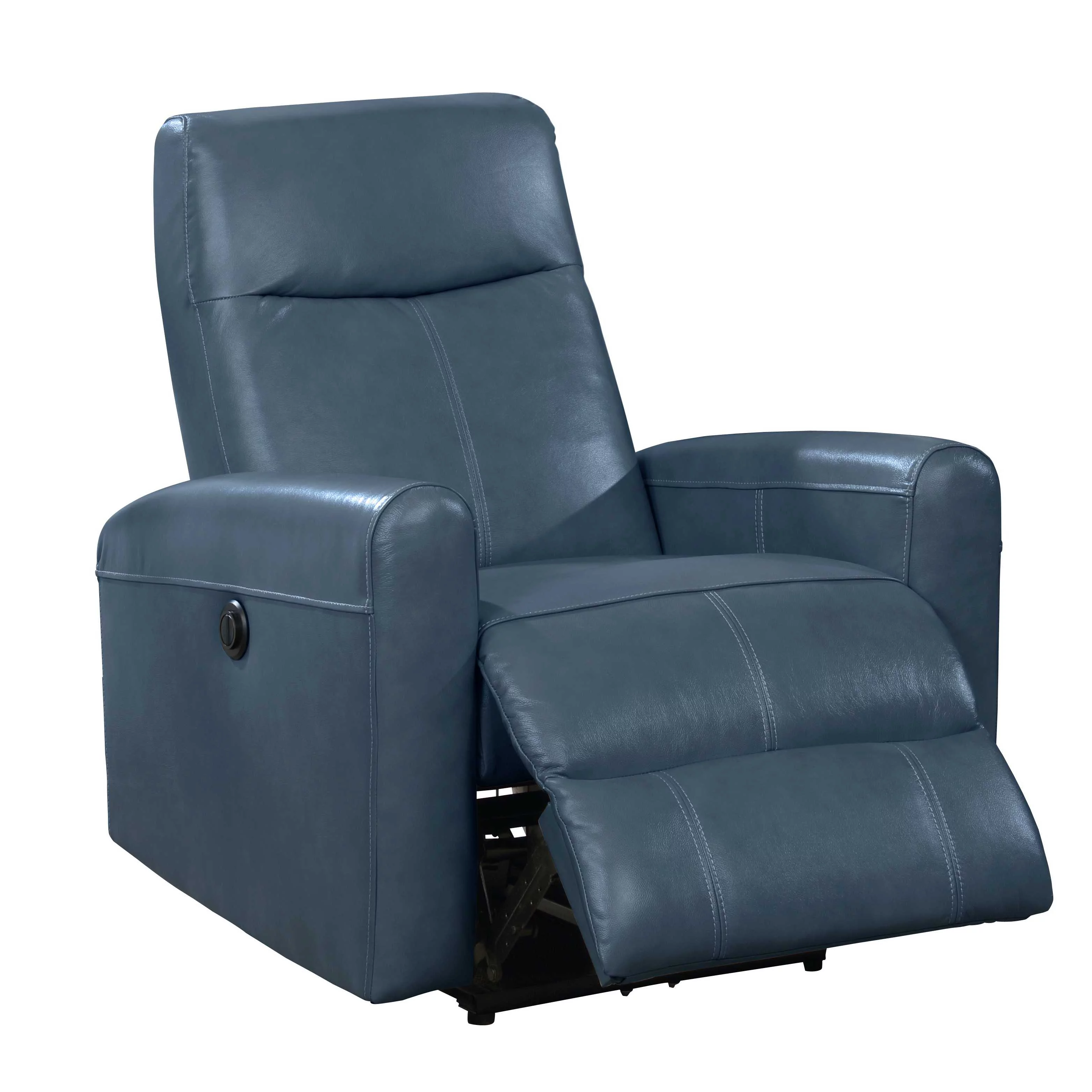
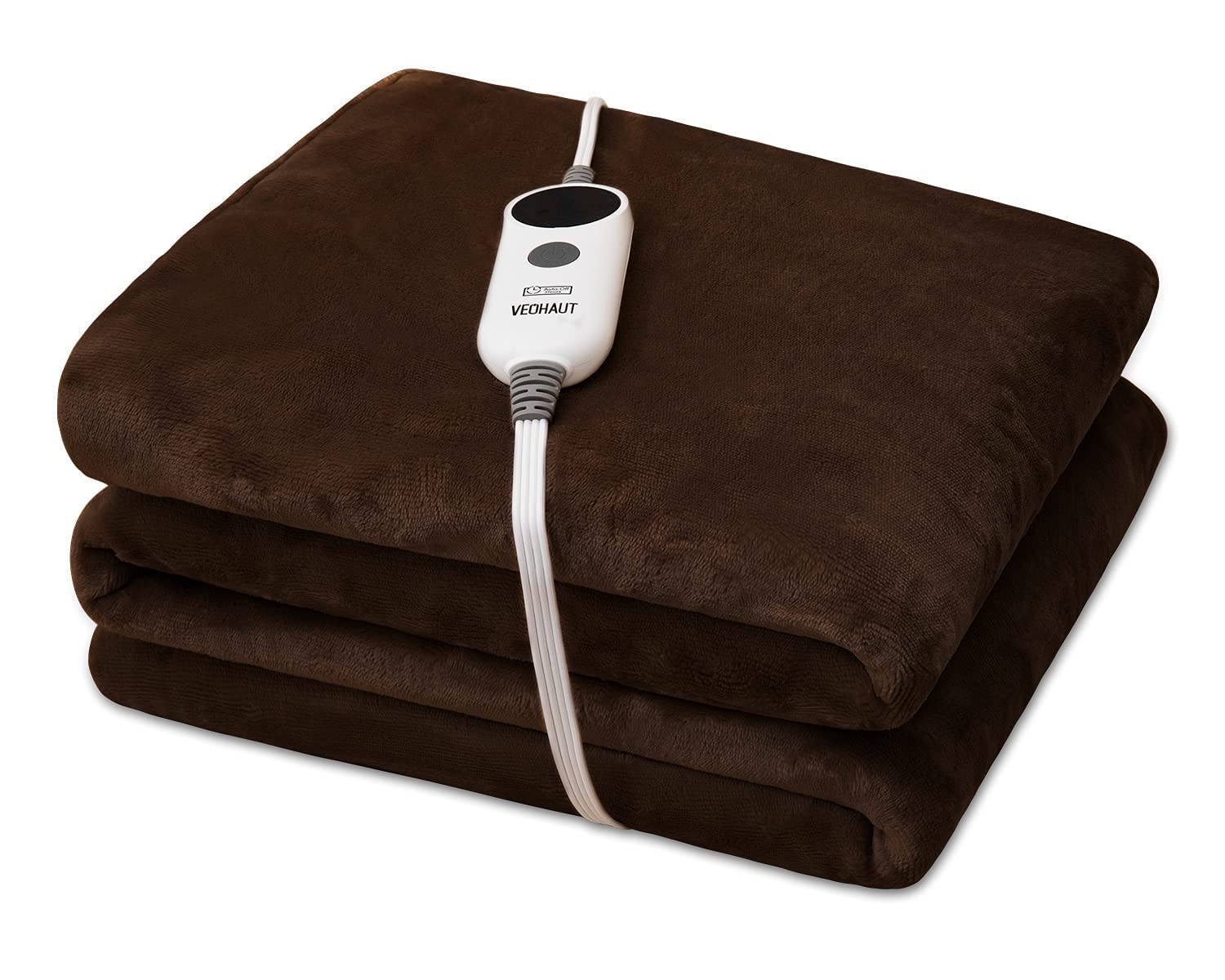
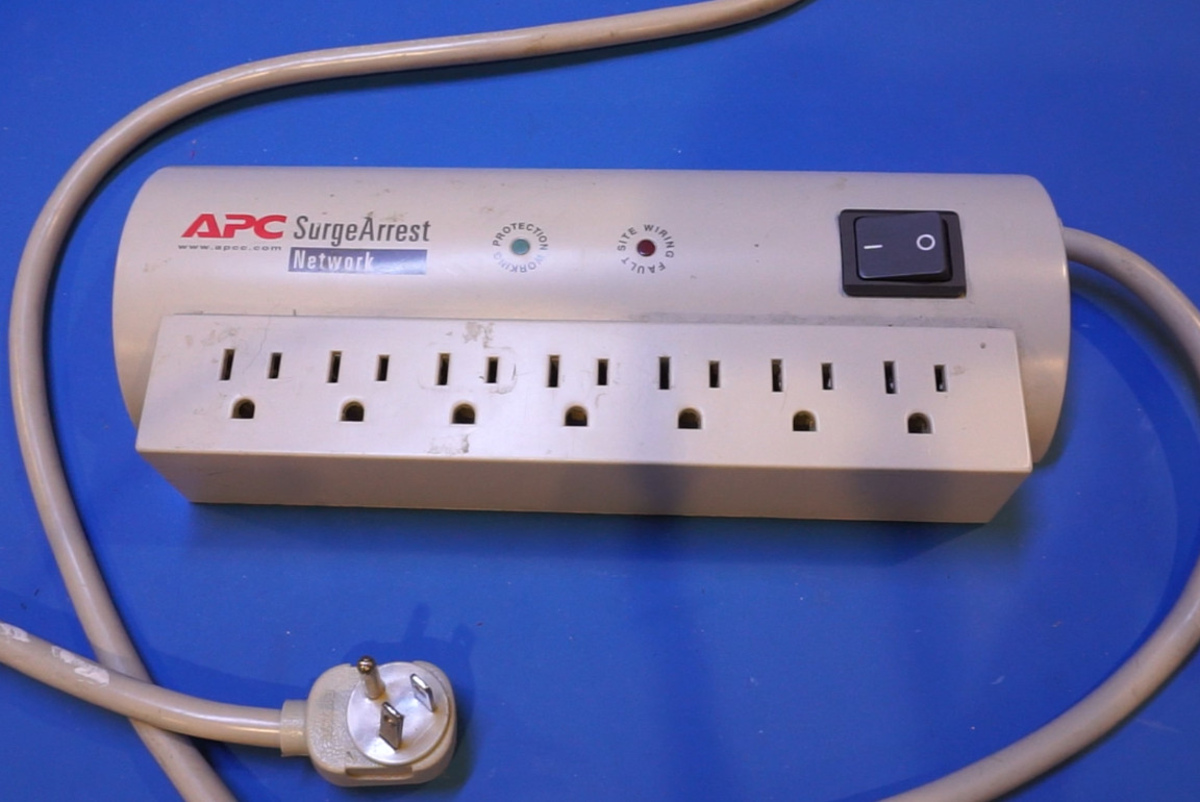
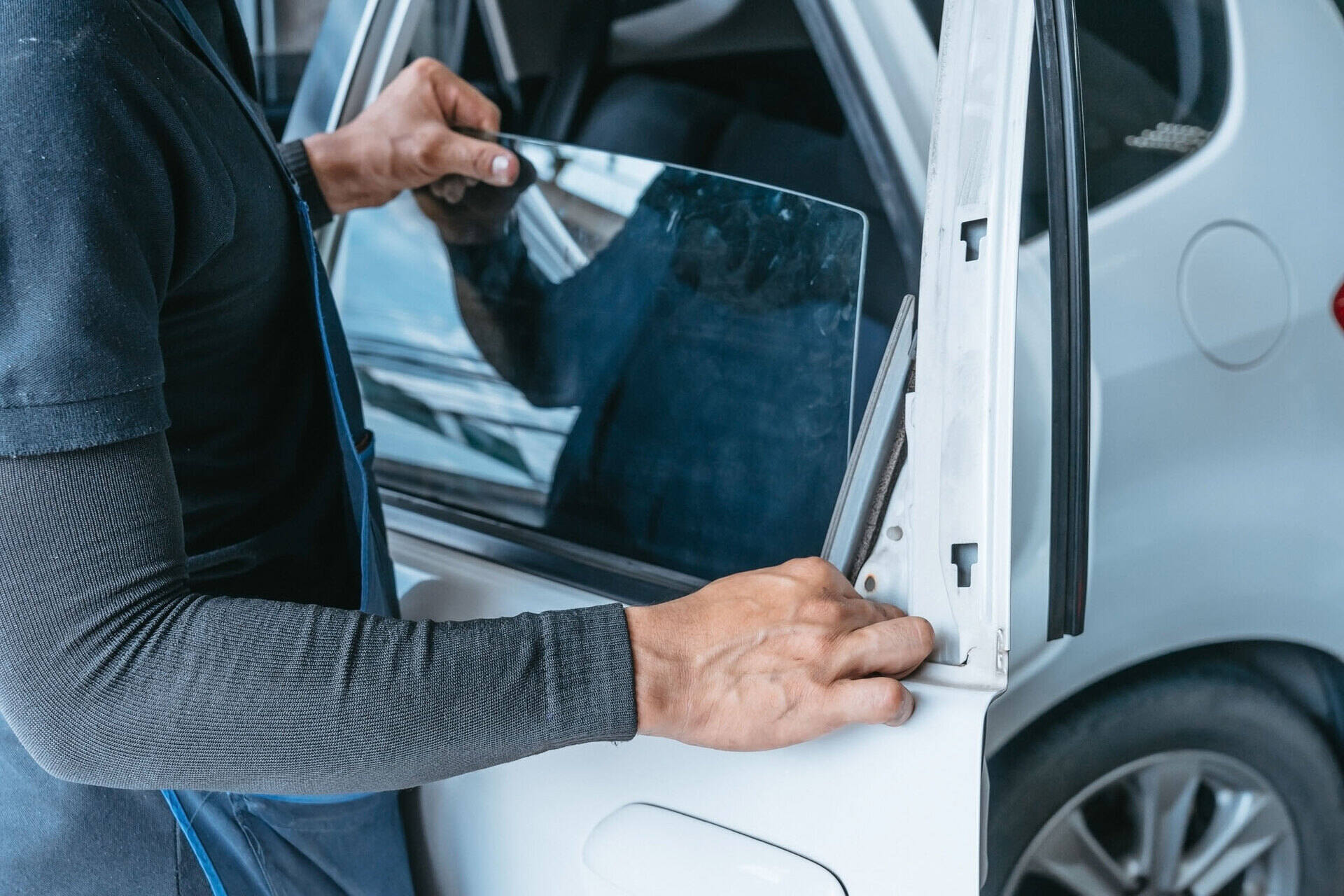
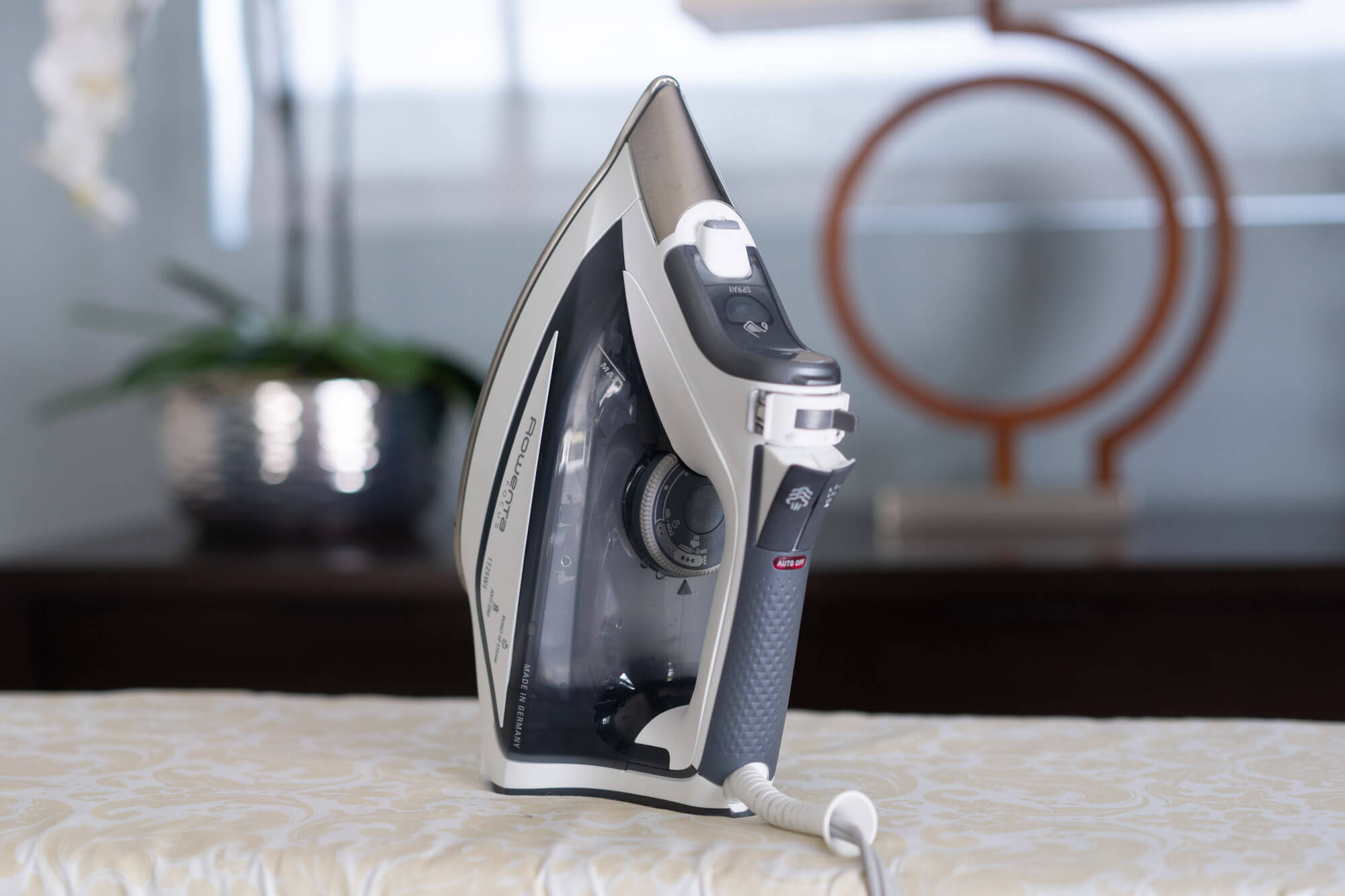

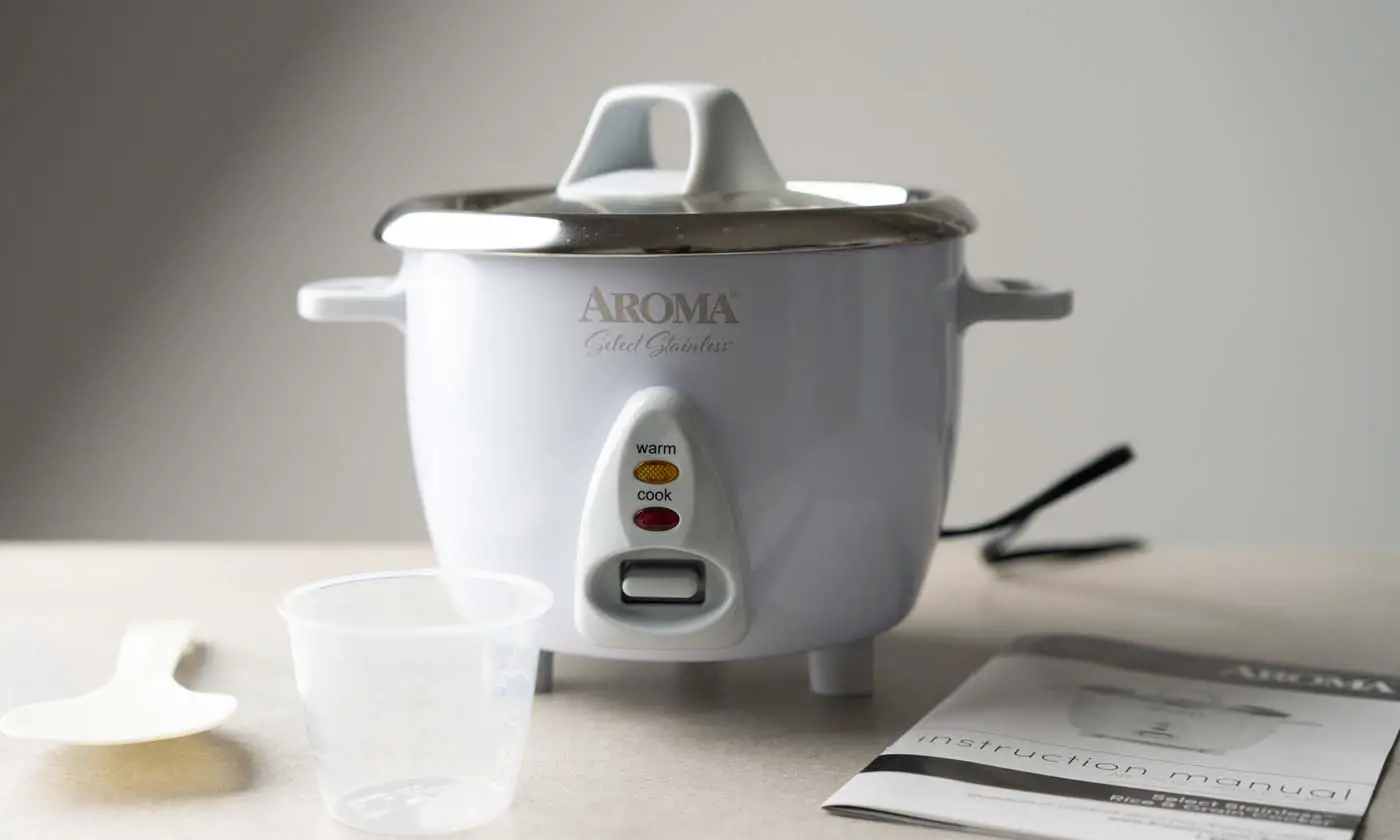
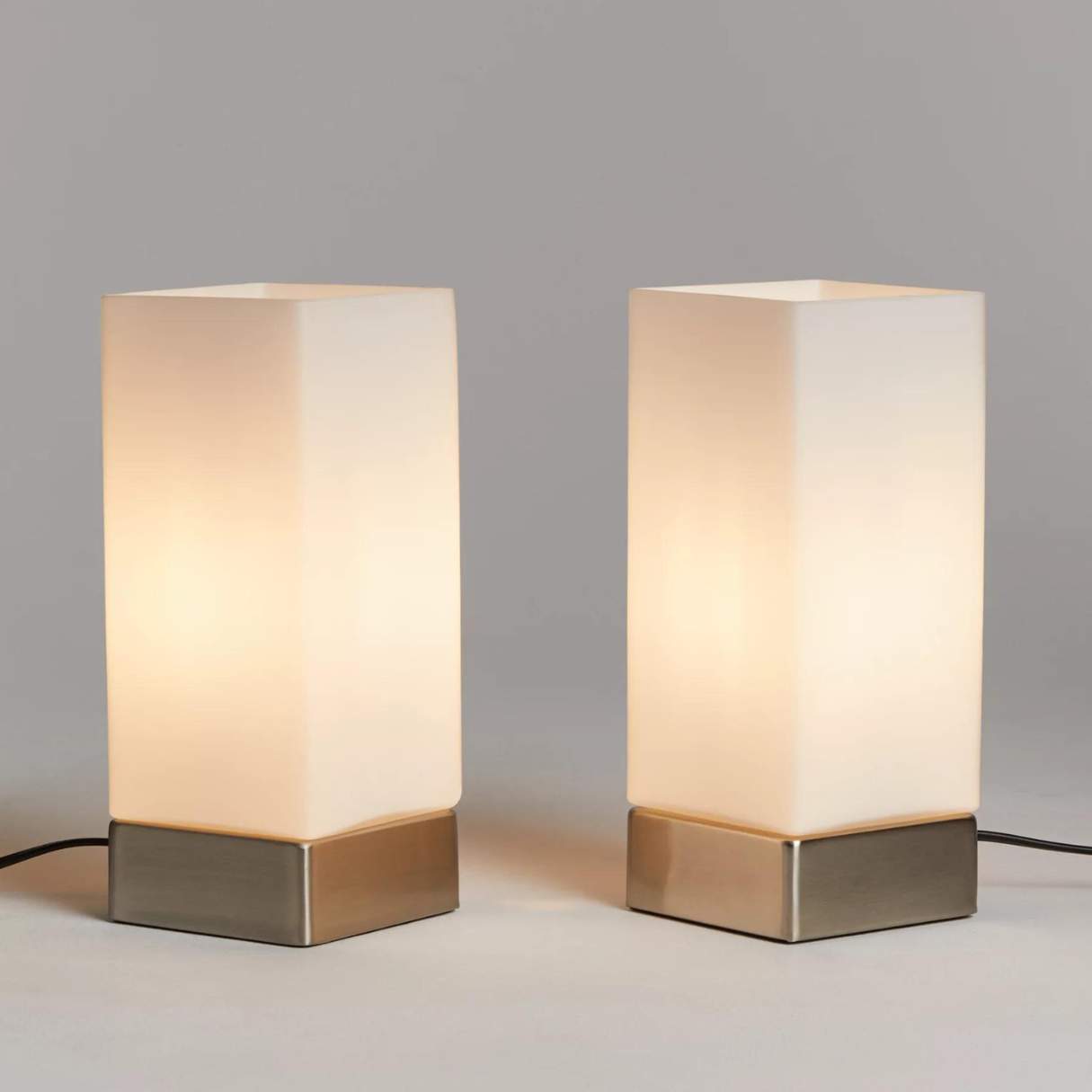
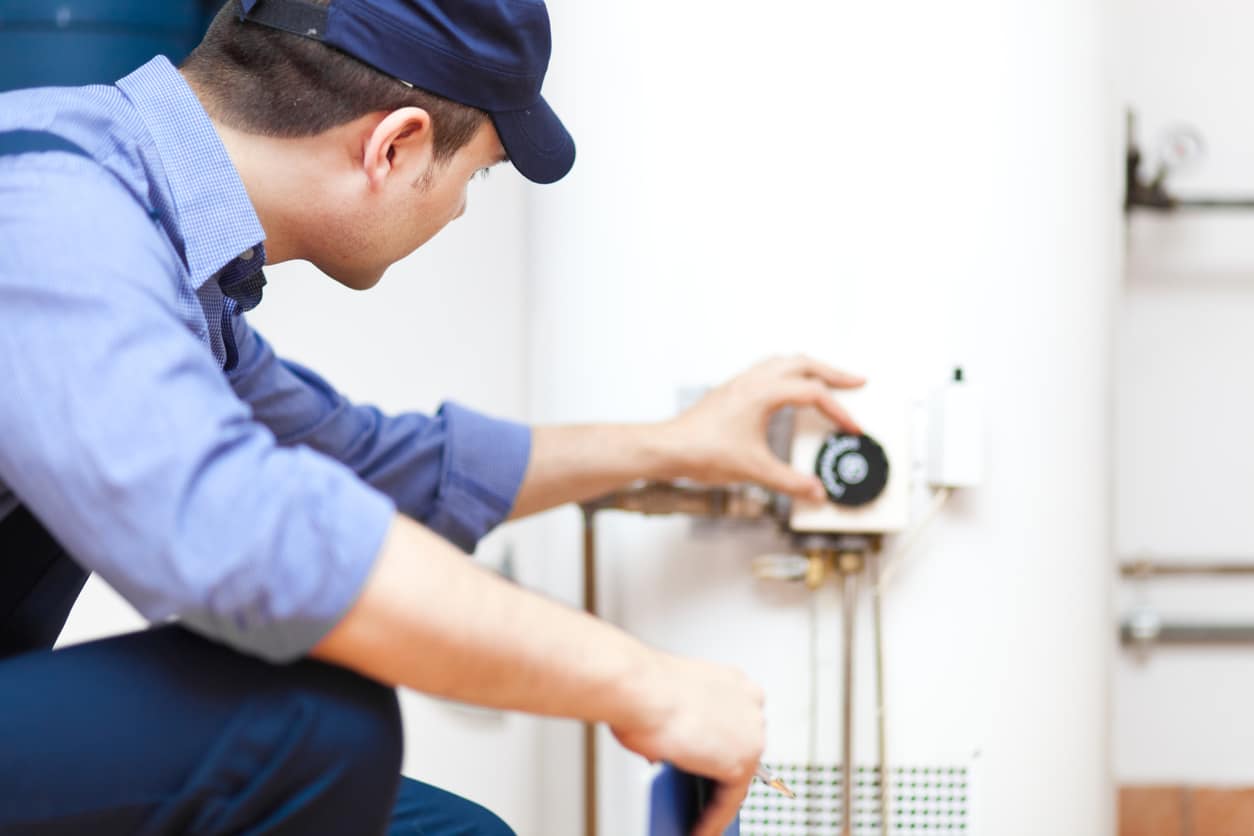

0 thoughts on “Why Is My Touch Faucet Not Working”